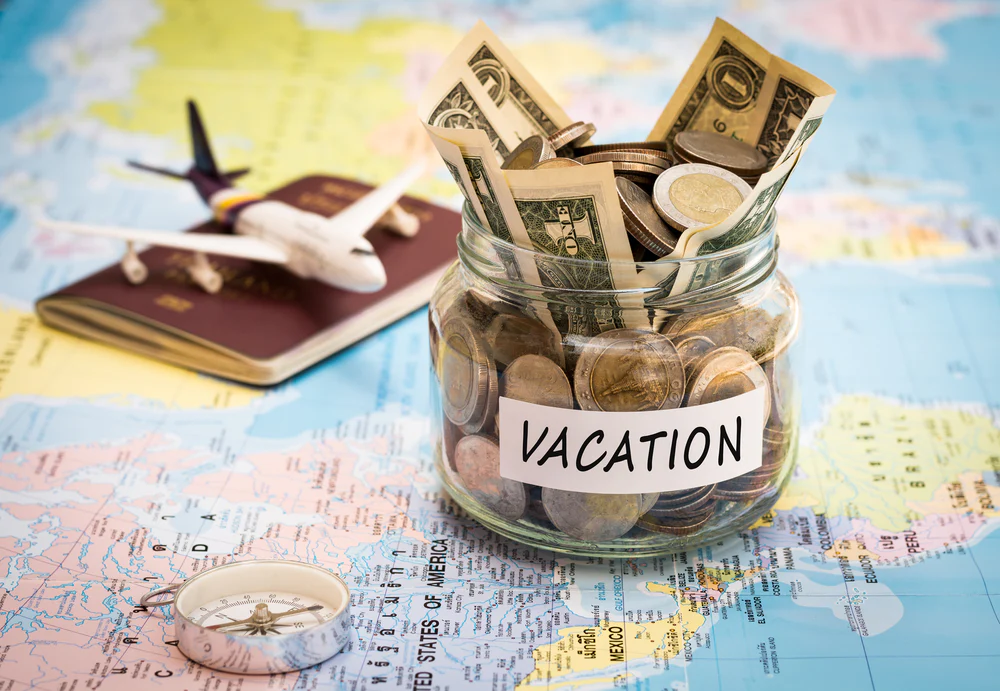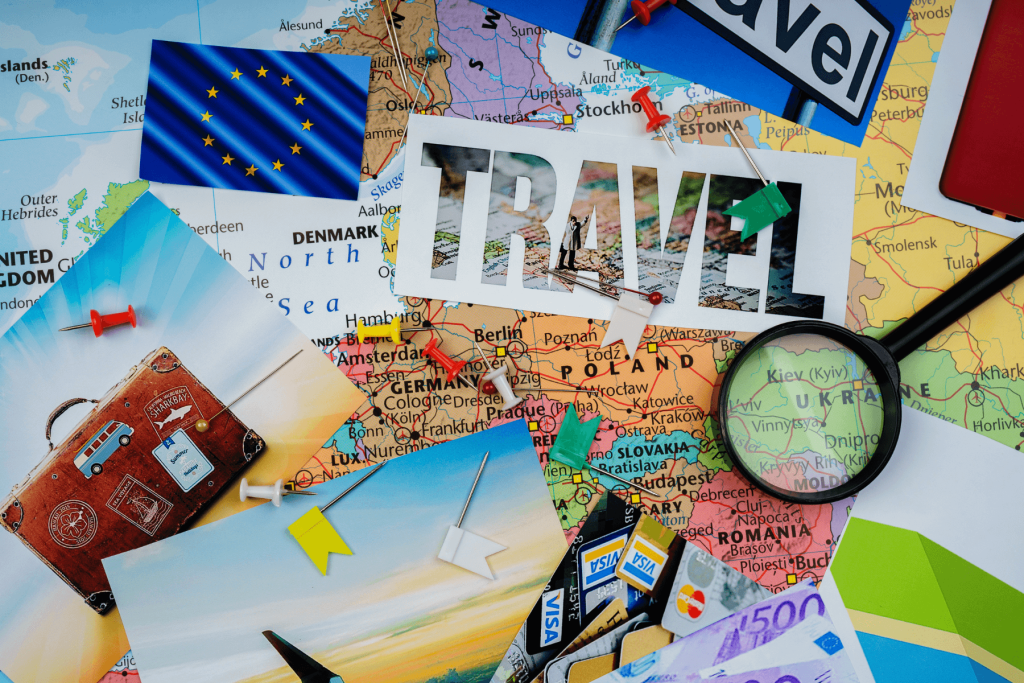
Few travel experiences are as exciting and freeing as hitting the open road with a well-planned itinerary. Whether you’re cruising along coastal highways, exploring scenic countryside, or driving through bustling cities, a road trip allows you to travel at your own pace and create unforgettable memories. However, the difference between a chaotic road trip and a truly memorable one often comes down to thoughtful planning. Here’s a step-by-step guide to help you plan the perfect road trip itinerary.
1. Choose Your Route and Destinations

The first step in planning any great road trip is deciding where you want to go. Do you want to explore national parks, visit charming towns, or follow a famous scenic route? Start by identifying your main destination or the furthest point of your journey. Then, plot out interesting stops along the way.
- Scenic routes: Highways like California’s Pacific Coast Highway or Australia’s Great Ocean Road offer breathtaking views.
- Thematic trips: You could plan your trip around food (like BBQ trails in Texas), history (European castles), or nature (U.S. National Parks).
- Custom routes: If you prefer flexibility, create a rough outline of your route but leave room for spontaneous detours.
Using Google Maps or dedicated road trip apps like Roadtrippers can help you visualize your route, calculate distances, and discover hidden gems along the way.
2. Set a Realistic Timeline
One of the most common road trip mistakes is trying to fit too much into too little time. While it’s tempting to see as many places as possible, overpacking your itinerary can lead to fatigue and rushed experiences.
- Plan drive times wisely: Aim to drive no more than 4–6 hours per day, especially if you want to enjoy stops in between.
- Factor in breaks: Regular breaks for meals, stretching, and sightseeing will make the journey more enjoyable.
- Include buffer days: Unexpected delays, weather changes, or spontaneous detours happen — having an extra day or two ensures you don’t feel rushed.
A well-paced itinerary ensures you arrive at each destination relaxed and ready to explore, rather than exhausted from endless driving.
3. Budget for the Trip

Road trips can be budget-friendly, but costs can add up quickly if you don’t plan ahead. Consider all your potential expenses:
- Fuel: Estimate how much gas you’ll need based on your route and vehicle’s mileage.
- Accommodation: Decide whether you’ll stay in hotels, motels, campgrounds, or even your car. Booking some nights in advance can help save money.
- Food and activities: Factor in meals, entrance fees, tours, and any fun activities you plan to do along the way.
- Emergency fund: Always keep some extra money aside for unexpected costs like car repairs or medical needs.
Creating a rough daily budget helps you stay on track financially without limiting the fun.
4. Plan Your Stops and Experiences
The beauty of a road trip lies in the journey itself, not just the destination. Research the towns, landmarks, and attractions along your route and plan some must-see stops.
- Mix famous sights with local gems: Visit popular attractions but also make time for quirky roadside stops, local cafes, and lesser-known viewpoints.
- Book tickets in advance for popular sites or seasonal events to avoid long lines or sold-out situations.
- Balance activities: Include a mix of outdoor adventures, cultural experiences, and relaxation to keep the trip exciting for everyone.
Creating a list of “priority stops” versus “optional stops” can give your itinerary structure while maintaining flexibility.
5. Prepare Your Vehicle
A well-prepared vehicle is crucial for a smooth trip. Schedule a maintenance check before you leave — oil change, tire pressure, brakes, and fluid levels should all be inspected. Make sure you have:
- A spare tire, jack, and basic tools
- Emergency kit with first aid, flashlight, jumper cables, and water
- A phone charger and car mount for navigation
- Downloaded offline maps in case of poor signal areas
If renting a car, choose a reliable model suited for your terrain — a compact car for city trips, or an SUV for rugged landscapes.
6. Keep Your Itinerary Flexible

Even the best plans can change. Weather conditions, road closures, or simply discovering a hidden treasure can lead you off your planned route. That’s part of the adventure!
Build flexibility into your itinerary by allowing some unplanned time each day. If you find a charming town you want to explore longer, you’ll appreciate having a bit of wiggle room.
7. Pack Smart
Finally, don’t underestimate the importance of smart packing. Essentials include comfortable clothes, snacks, water, travel documents, entertainment for long drives, and any special gear you might need (like camping equipment or hiking boots). Keep frequently used items within easy reach, and pack your trunk in a way that keeps things organized.
Final Thoughts
A perfect road trip isn’t about following a strict plan — it’s about creating a roadmap that balances structure with spontaneity. By choosing a thoughtful route, pacing your journey, budgeting wisely, and preparing your vehicle, you set yourself up for a smooth and enjoyable adventure. So, grab your map, pack your bags, and hit the road — the journey of a lifetime awaits!


